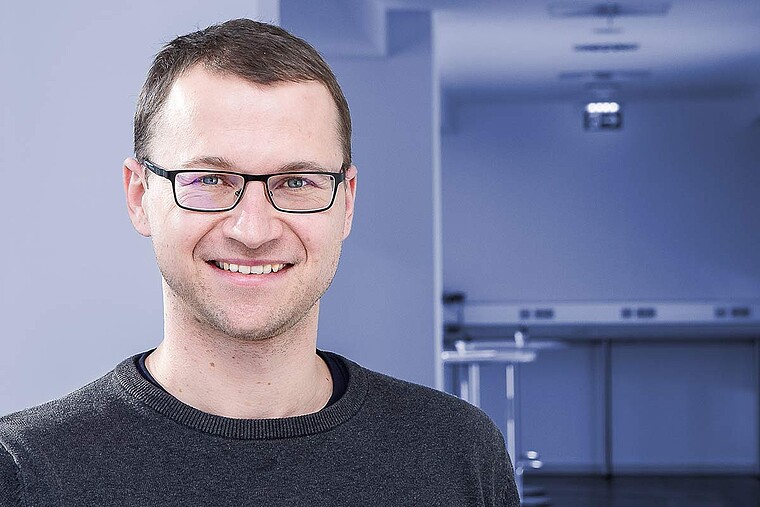Hardware plays a decisive role in the development of precision measuring instruments because every physical measurement must be transformed into an electrical signal before it can be further processed. This first step in the measurement chain is critical to the success of precision measurement instruments, and optimal results require the perfect interplay of multiple disciplines.
A hardware developer’s responsibilities are broad and varied. You’re responsible for the whole electric/electronic system of an instrument, and you get to accompany the instrument from the beginning, through all the development phases, to the start of production, and beyond.
The preparation of an electric/electronic instrument concept involves intensive cooperation with the system architect, the designer, and the firmware developer to fulfill requirements. You also have to consider safety-technical aspects, according to norms and guidelines. Taking the instrument concept as a basis, you develop initial details, such as the choice of electric/electromechanical acquisition components as well as the dimensioning of circuits and the preparation of circuit diagrams. A key ingredient of success is good cooperation within the team as well as staying aligned with purchasing and the circuit board design department, which prepares the design of the circuit board on the basis of circuit planning.
After the circuit board has passed through the in-house assembly line, the practical part begins. The hardware developer conducts the startup and verification tests of the circuit board, and these are then – along with other purchased components – integrated into the prototype. With any modifications to the hardware or the prototype, you get to show your hands-on skills.
When the prototype has acquired a certain maturity level, we subject them to electromagnetic compatibility tests. This happens with support from the hardware developer, who incorporates the resultant insights as well as the outcome of the prototype verification measurements into the next design iteration. This iterative process is continued until the product is ready for mass production, and it satisfies all performance, feature, cost, and quality requirements.
I started as a hardware developer with Anton Paar in 2012, and I was part of an interdisciplinary team developing an atomic force microscope, which can, among other things, resolve surface topography at the sub-nanometer scale. The core of the instrument is a Piezo actuator coupled to a capacitive distance measuring sensor, which – supported by an optical back-coupling thread, drives a cantilever tip along the sample surface thus recording the topography. The capacitive distance sensor covers a measurement spectrum of 15 um – at a signal-to-noise ratio of just 50 pm!
You try to attain the limits of the physically possible, via technical innovation and sophisticated solutions. This is exactly what fascinates me about the development of precision measuring instruments.I find working in an interdisciplinary team very exciting because the best possible solution for a product can only be determined if all disciplines are working together. That means you’re always confronted with new challenges that require creative thinking, intensive teamwork, and a willingness to compromise.
What motivates and inspires me in hardware development at Anton Paar is the broad spectrum of activities. In the design phase, you have to develop concepts for complete instruments or manufacturing groups. At the same time, however, you have to handle small but important details in the circuit design and distinguish the technical data of purchased components. The test phase requires different skills. It’s very educational and interesting for me to be in the lab, to modify the hardware I myself developed, to start it up, and to verify it. I particularly enjoy applying various tools, measuring instruments, and methods.
The interesting and varied working environment offers me the possibility to develop professionally and personally – and to grow with every challenge.
